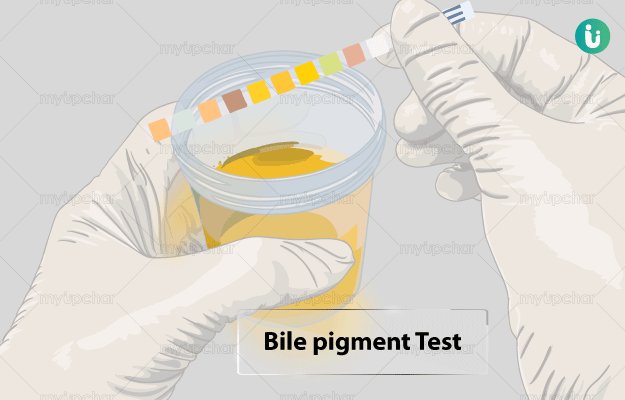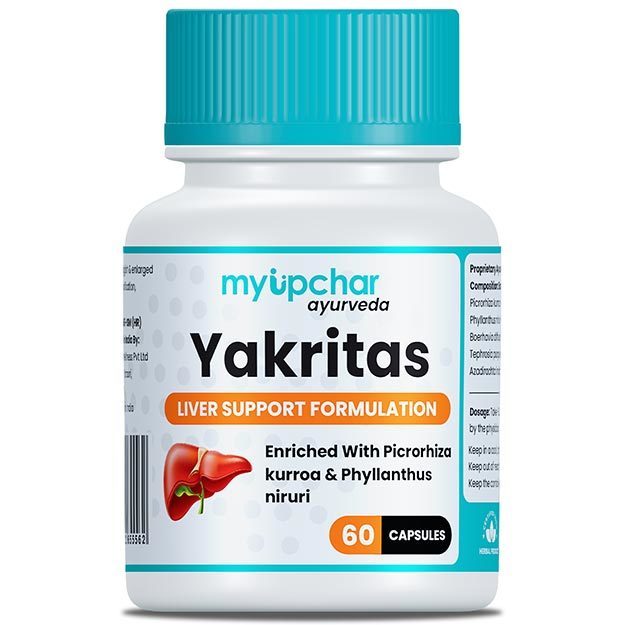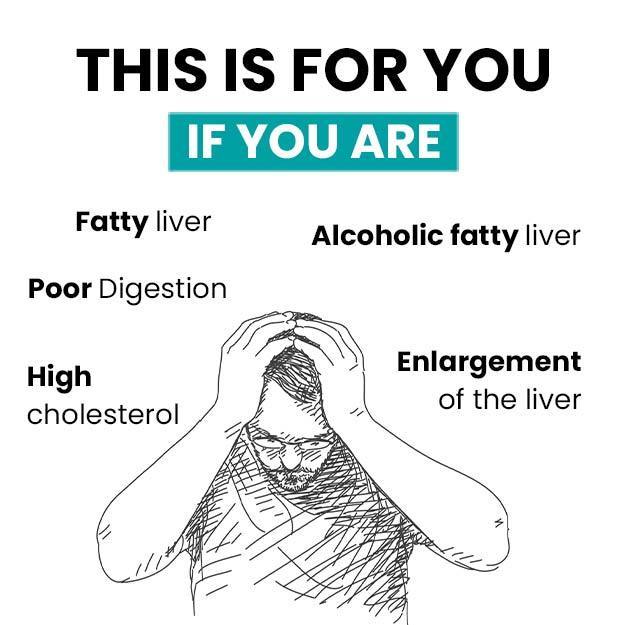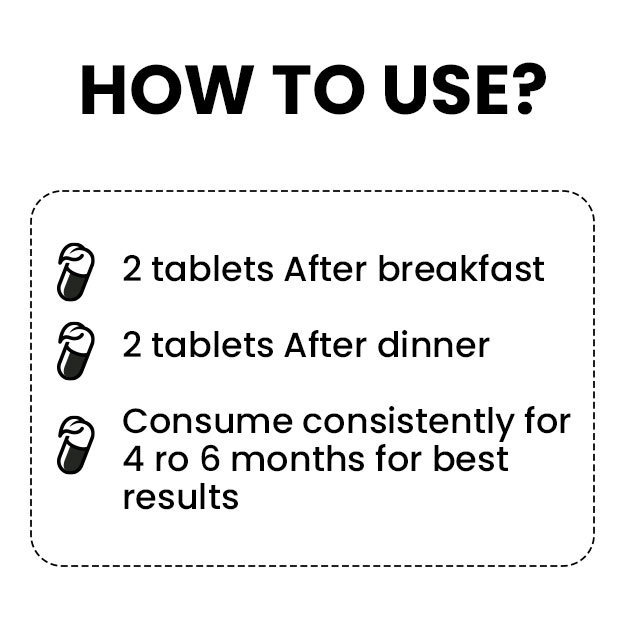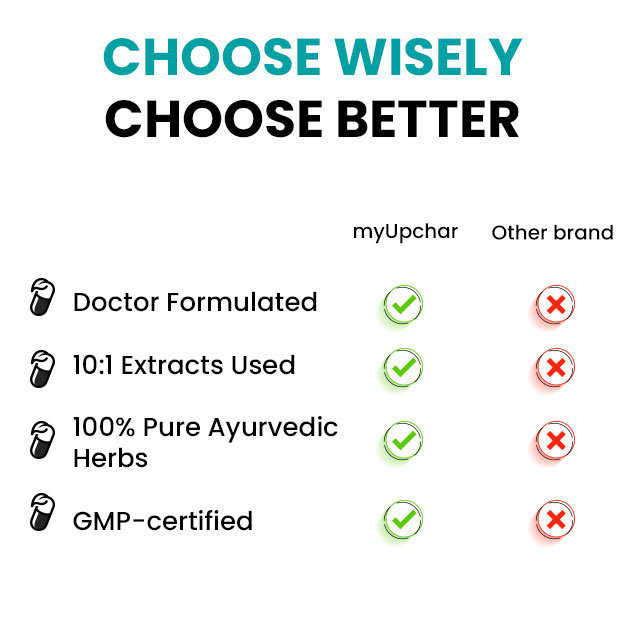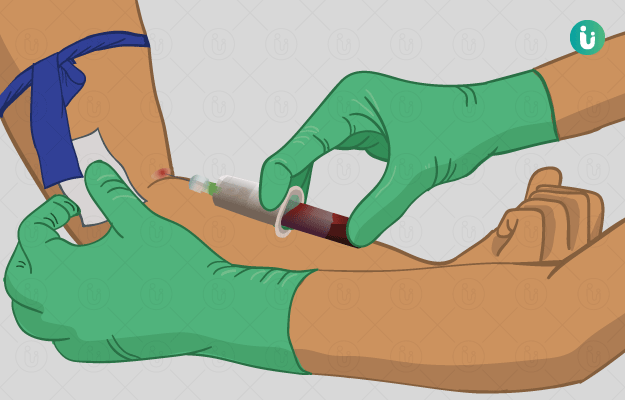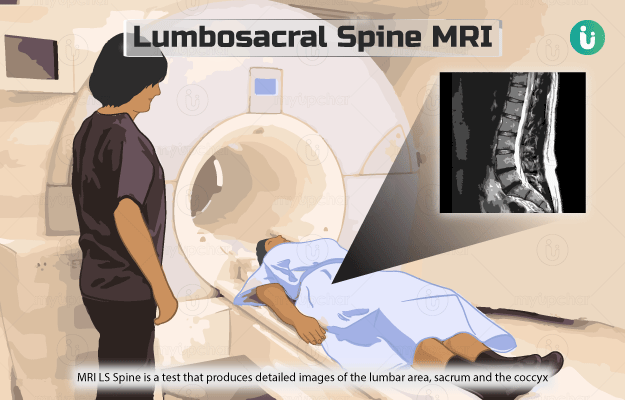What is Bile Pigment test?
Bile pigments are greenish-yellow to yellow substances produced as by-products of haemoglobin break down in the liver. They comprise an important part of bile - a fluid produced by the liver that breaks down fats into small globules so they can be easily absorbed by the body.
The two main types of bile pigments include:
- Bilirubin
- Urobilinogen
The latter is formed due to reduction of bilirubin. Though small amounts of urobilinogen in urine is considered normal, presence of high urobilinogen or bilirubin in urine may be an indication of liver disease.
This is because, in case of liver dysfunctioning, these pigments start to leak out of your liver into the bloodstream. As the blood gets filtered by kidneys, bile pigment levels start to show up in urine.
This test looks for the presence of bile pigments in your urine. It is primarily used to check for liver diseases and dysfunction.

